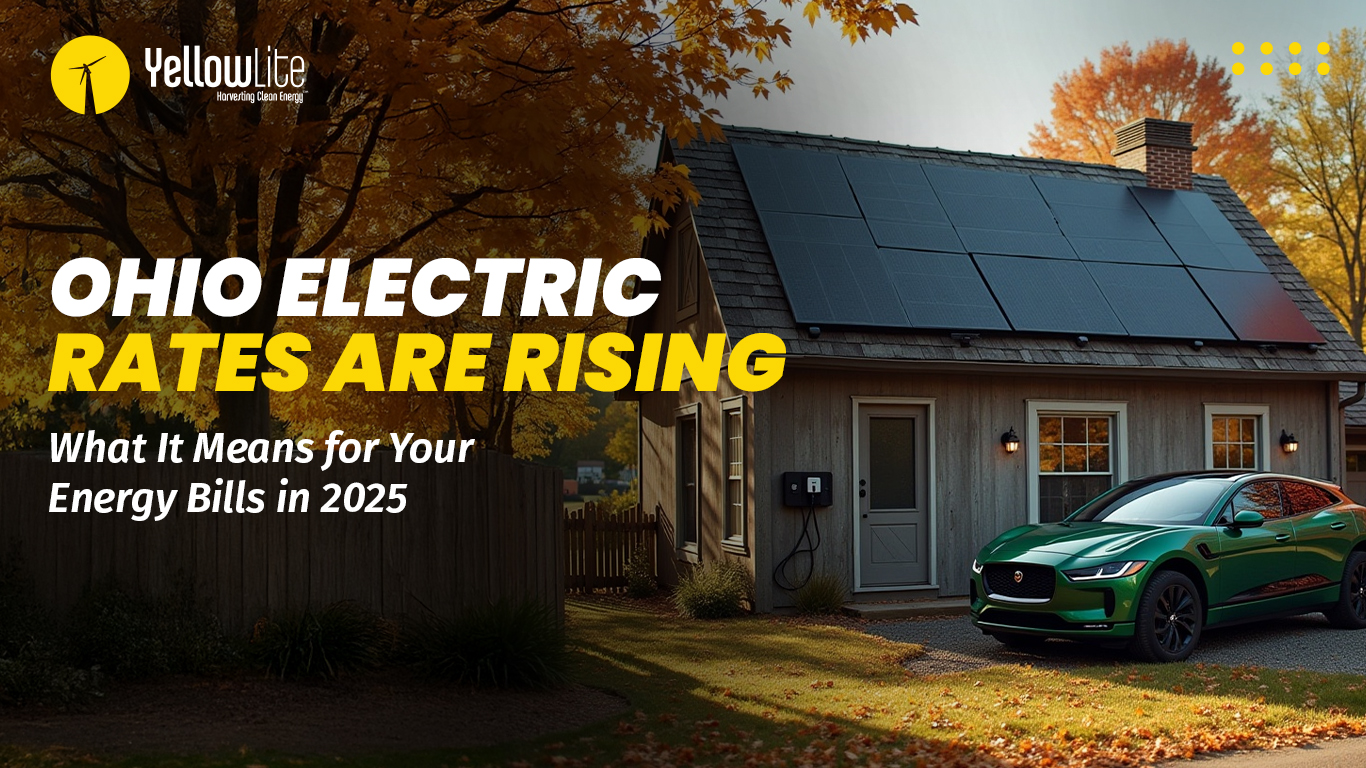Commercial solar energy projects have been gaining popularity in recent years due to their ability to help businesses save on their energy costs while also reducing their environmental impact. However, changes in net metering policies have made it challenging for businesses to realize the full potential of their solar installations. The recently passed NEM 3.0 policy has reduced the value of exported energy, making it imperative for commercial solar projects to incorporate energy storage solutions to maximize their benefits.
NEM 2.0 vs NEM 3.0
Before diving into why commercial solar projects need energy storage under NEM 3.0, let's first understand what NEM 2.0 was and what's new in NEM 3.0. Net Energy Metering (NEM) 2.0 was a tariff structure that governed how rates were calculated for rooftop solar customers in California. Under NEM 2.0, customers were credited at the retail rate for any excess energy that their solar panels produced and sent to the grid. This credit could then be used to offset the cost of the electricity that the customer consumed from the grid during times when their solar panels were not producing enough energy to meet their needs.
However, NEM 3.0, which was passed by the California Public Utilities Commission (CPUC) on December 15, 2022, and will be implemented on April 14, 2023, reduces the value of exported energy by approximately 75%. This means that the rates for excess energy sent back to the grid will be significantly lower than what was available under NEM 2.0. NEM 3.0 will use the Avoided Cost Calculator (ACC) to determine the export rates based on time of use (TOU) rates, which vary by season and time of day.
Energy Storage and Inflation Reduction Act
Under NEM 3.0, the reduced value of exported energy makes it crucial for commercial solar projects to incorporate energy storage solutions. Energy storage can help offset higher off-peak prices and shorten the payback period for solar + storage systems. Additionally, the Energy Inflation Reduction Act, which was signed into law in 2022, allows businesses to deduct the full cost of energy storage systems in the year they are placed in service, providing an additional financial incentive to invest in energy storage.
Advantages of Energy Storage for Businesses in the NEM 3.0 Era
Net Energy Metering (NEM) 3.0 is a new program that replaces NEM 2.0, and it brings significant benefits for businesses with solar energy systems. One of the most prominent benefits is the ability to store excess energy in an energy storage system. With NEM 3.0, businesses can sell excess energy to the grid at retail rates, making it an ideal time to invest in energy storage. Energy storage systems can store excess energy produced by solar panels during the day for use later when energy demand is high or when the sun is not shining. This means businesses can reduce their energy bills, enhance their energy independence and reliability, and take advantage of time-of-use rates. Here are a few points to consider:
- NEM 3.0 is a new net metering policy that was passed by the CPUC on December 15, 2022 and was implemented on April 14, 2023 in California.
- NEM 3.0 reduces the value of exported energy by roughly 75%, leaving rates at a fraction of what they were under NEM 2.0.
- NEM 3.0 uses the Avoided Cost Calculator (ACC) to determine the export rates based on time of use (TOU) rates, which vary by season and time of day.
- NEM 3.0 has a significant impact on the market and viability for both residential and commercial solar projects, especially those with a high percentage of exports.
- NEM 3.0 creates a strong price signal for energy storage and is expected to dramatically increase adoption.
- Energy storage can help offset higher off-peak prices and shorten the payback period for solar + storage systems under NEM 3.0.
How Businesses Utilize Energy Arbitrage
Energy arbitrage is the practice of buying energy when prices are low and selling it when prices are high. Businesses can use energy arbitrage to maximize their profits by purchasing energy from the grid during off-peak hours when rates are low and then selling stored energy back to the grid when prices are high. Energy storage systems enable businesses to store excess energy during low-cost periods and then use it to reduce their energy bills during high-cost periods. This can lead to significant savings for businesses, especially those that consume a lot of energy during peak hours.
How can one boost ROI on Commercial Solar (with Storage) Projects
Investing in commercial solar and storage projects can provide businesses with numerous benefits, including energy savings, increased energy independence, and environmental benefits. However, to maximize their return on investment (ROI), businesses must take several factors into account. Firstly, they must consider the cost of installation and maintenance of solar panels and energy storage systems. Secondly, they must assess their energy needs and usage patterns to determine the appropriate size of the solar and storage systems. Finally, they must consider any incentives and tax credits available, such as the Inflation Reduction Act, which offers a tax credit of up to 30% of the cost of installing solar and energy storage systems.
Energy Arbitrage is advantageous for businesses under NEM 3.0
Energy arbitrage can be particularly advantageous for businesses under NEM 3.0. With the ability to sell excess energy to the grid at retail rates, businesses can take advantage of energy arbitrage by storing energy during off-peak hours and then selling it back to the grid during peak hours. This can result in significant cost savings for businesses, especially those that consume a lot of energy during peak hours. Moreover, NEM 3.0 allows businesses to combine solar panels with energy storage systems, making it easier to manage energy demand and take advantage of energy arbitrage opportunities. By investing in solar and storage systems, businesses can not only reduce their energy bills but also contribute to a cleaner and more sustainable environment through the use of renewable energy sources.
Conclusion
Despite the changes in net metering policies, solar energy still provides significant environmental benefits. Solar energy is a renewable resource, meaning it is not depleted like fossil fuels, and it produces no harmful emissions. Additionally, commercial solar projects can help businesses save money on their energy bills, reducing their operating costs and improving their bottom line. With energy storage, commercial solar projects can store excess energy during periods of low demand and use it during periods of high demand, reducing the need to purchase electricity from the grid and further reducing energy costs.
Commercial solar projects are an excellent way for businesses to save on their energy costs while also reducing their environmental impact. However, changes in net metering policies, such as NEM 3.0, have made it essential for commercial solar projects to incorporate energy storage solutions to maximize their benefits. Energy storage can help offset higher off-peak prices and shorten the payback period for solar + storage systems. Businesses that invest in solar energy and energy storage will not only enjoy significant cost savings but also contribute to a more sustainable and cleaner energy system.



